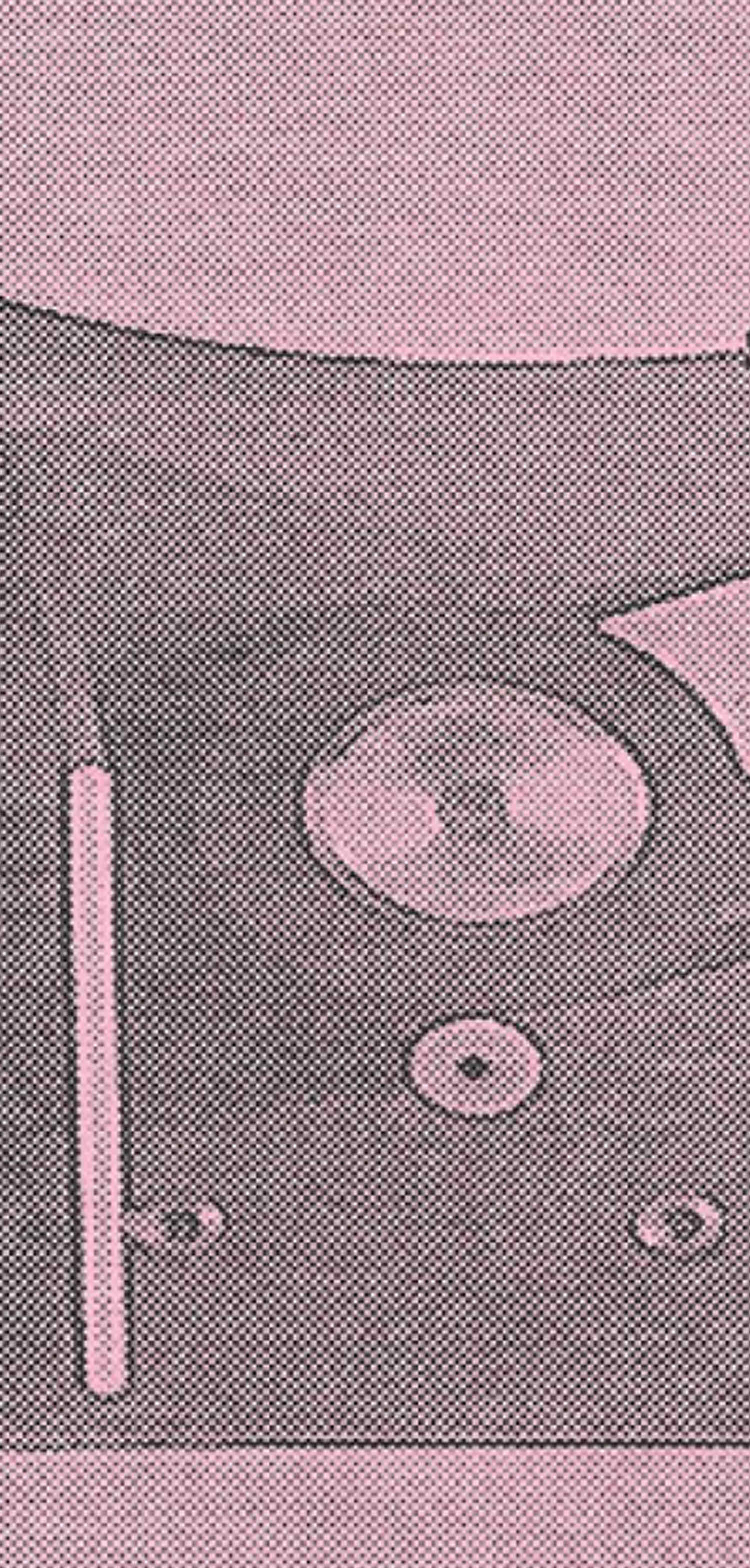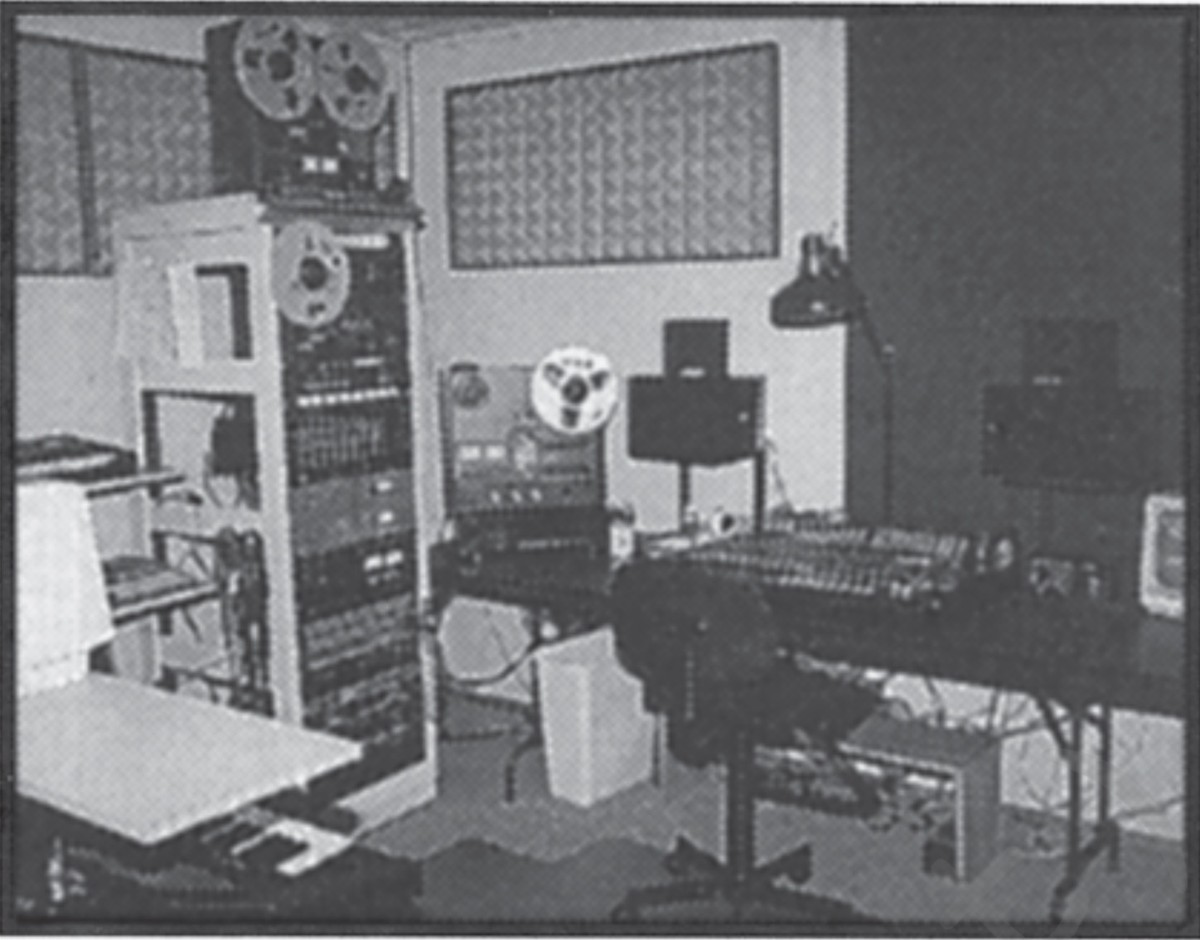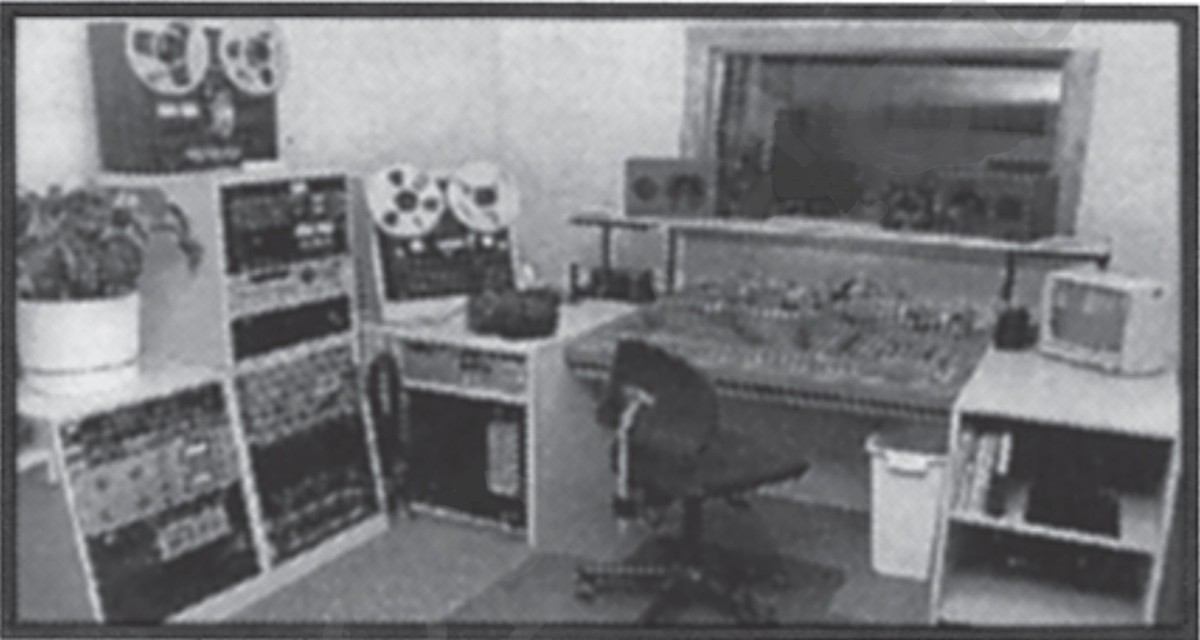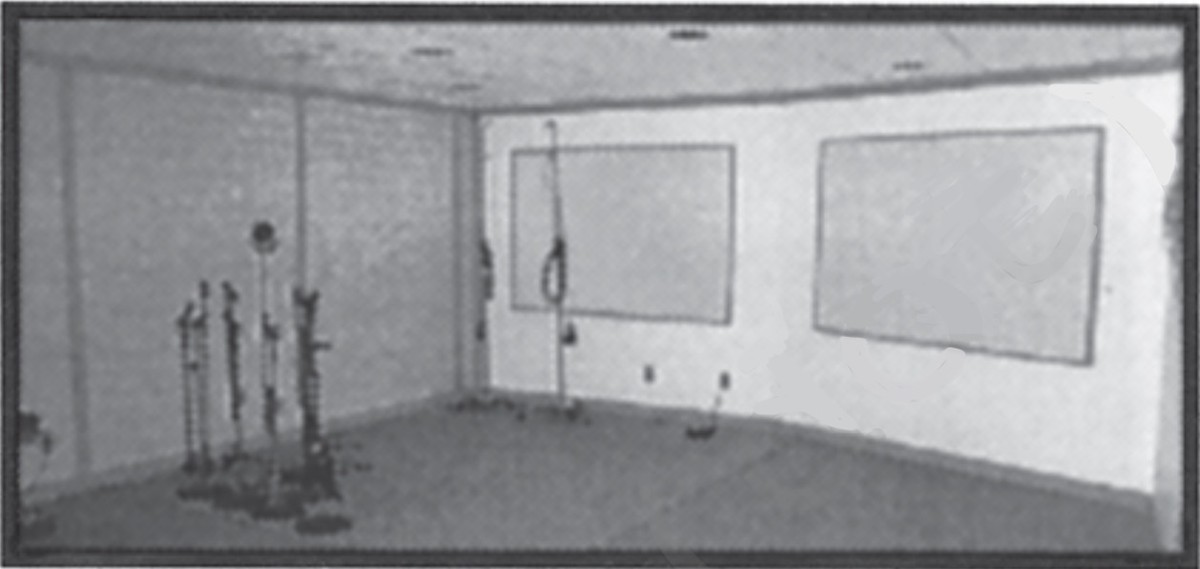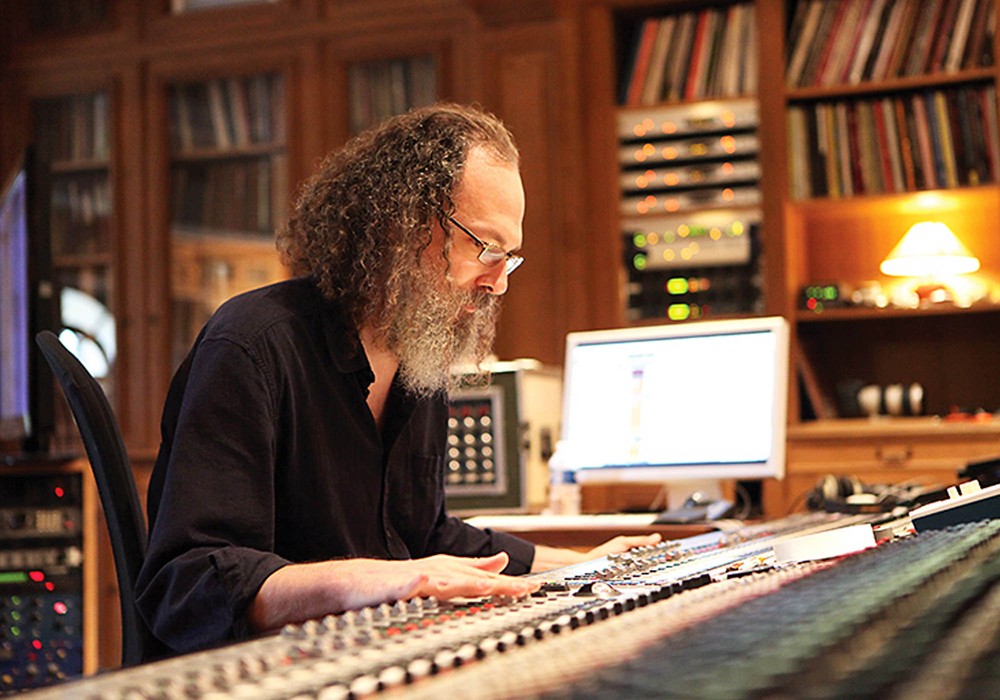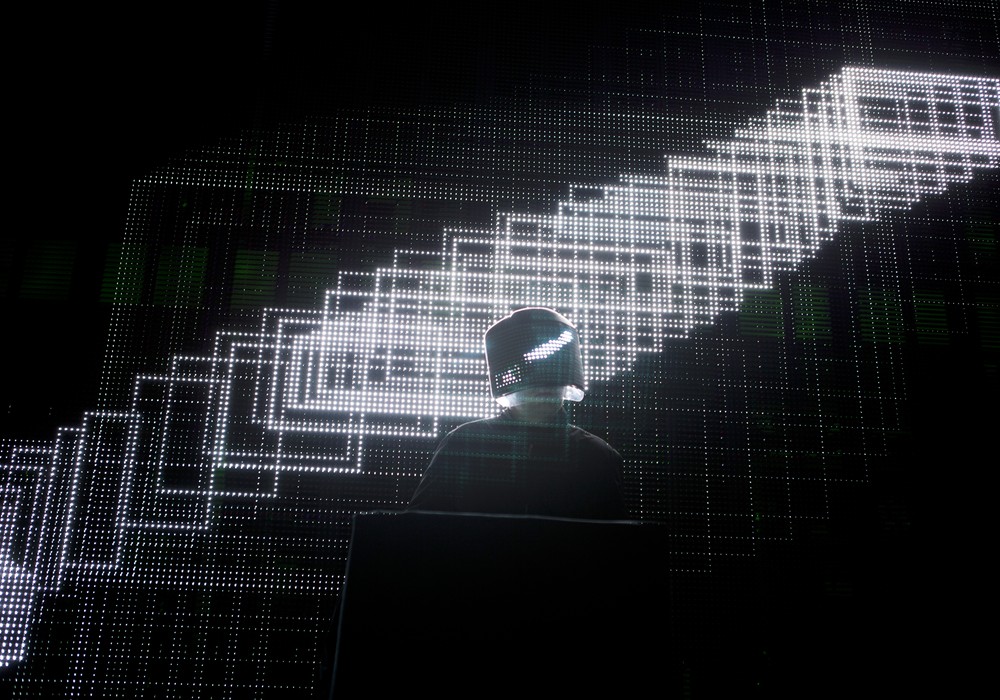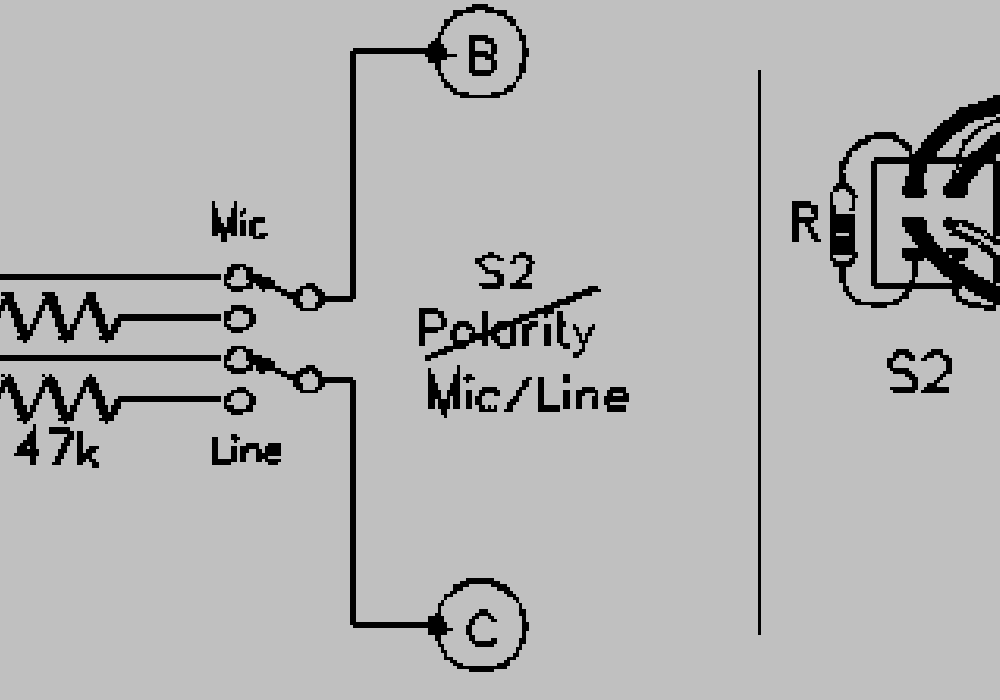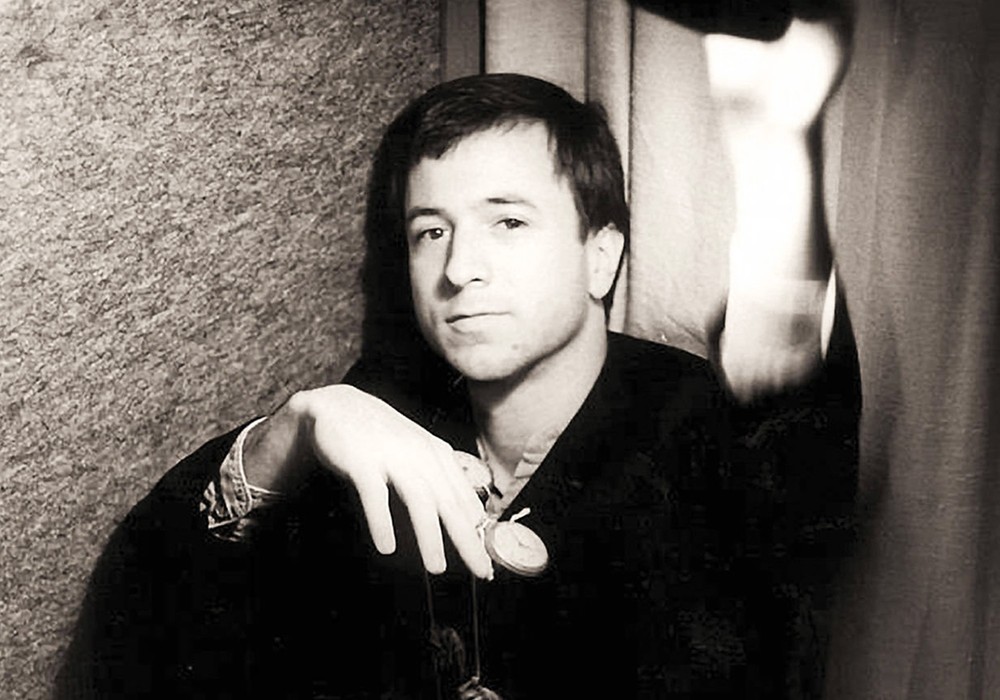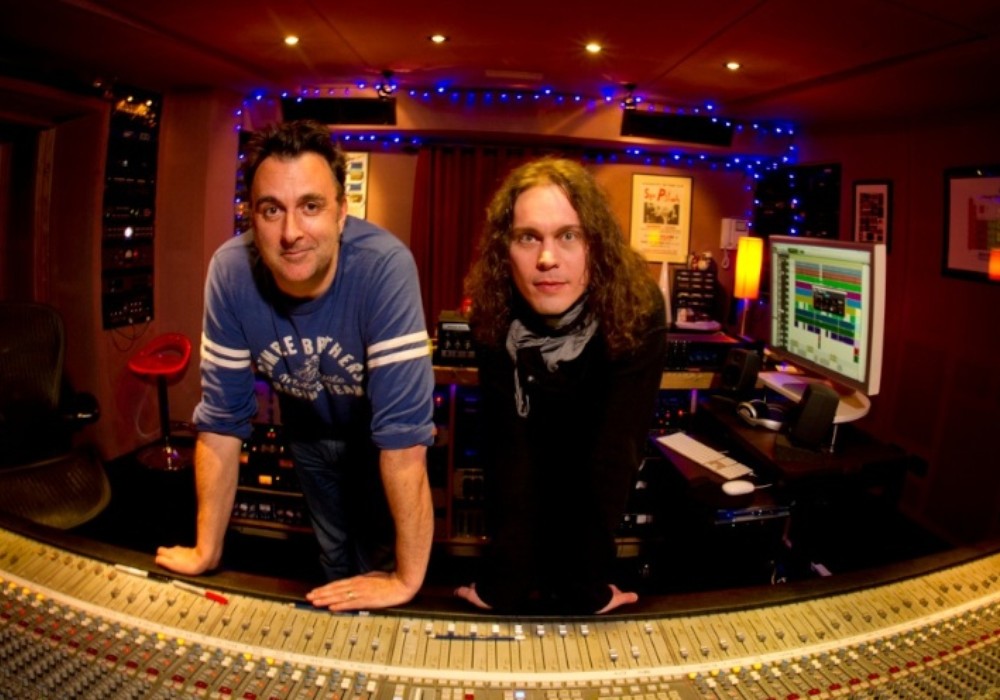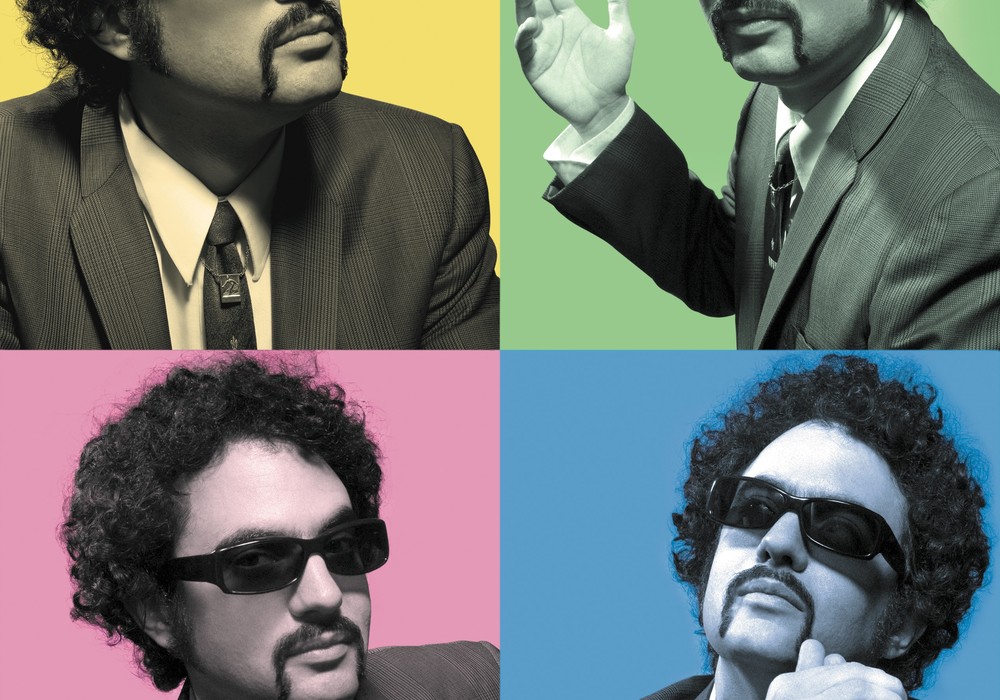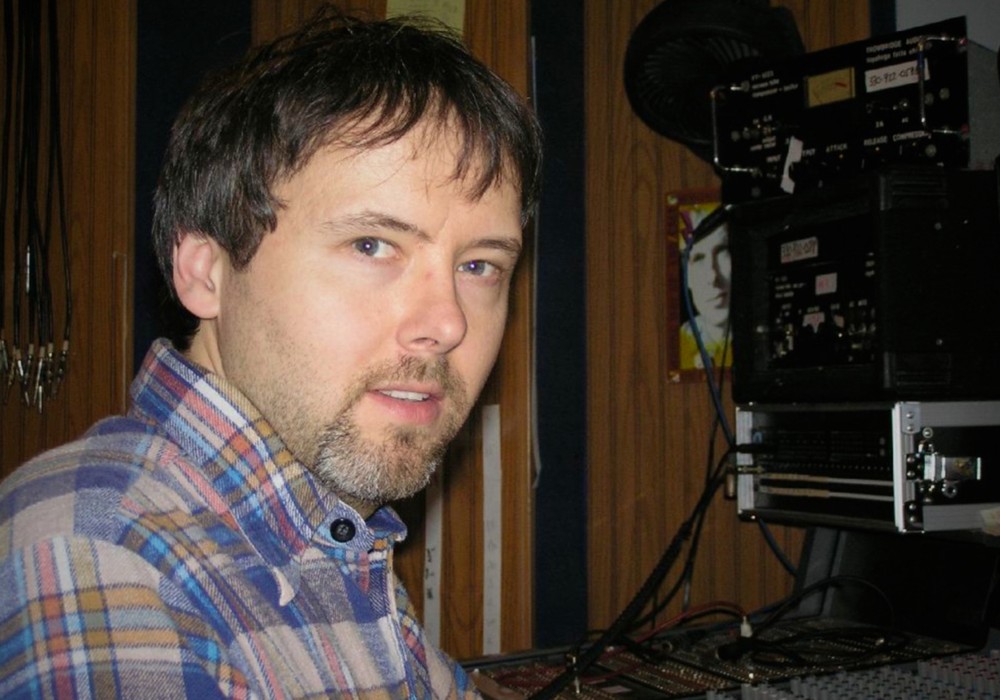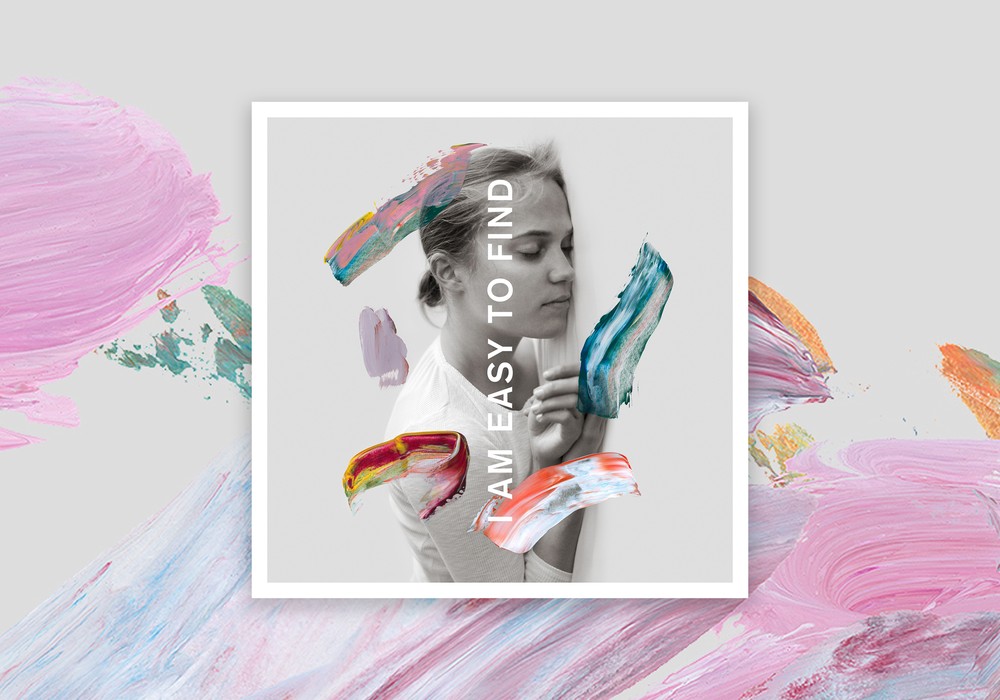What makes a relatively sane person decide to open a recording studio? Is it the thought of earning money? Dealing crack is a more lucrative and rational method of meeting fine people and turning a quick buck. Is it the thrill of being able to record your own music for free? This is certainly a seductive fringe benefit, but has little to do with being able to run a successful business enterprise, a full time job. Is it love of music? You guessed it. What else would lure a musician into catering to a clientele who, folding-money wise, fall into what can be discretely called the entry-level tax bracket? From 1990 to 1995 I ran and owned a studio in Seattle called Inside Productions, first as an eight--and then a sixteen-track. In those five years I recorded, among the fluff and crud, some truly great music and songs, music I was proud to have put on tape. I also learned an immense amount regarding human nature, taxes, (city, county, state and federal), business licenses, fire marshalls, finding your niche (or not) in a very crowded field, and dealing with the unique mindset of the personality type known as a 'musician.'
A Little Background
Lest you think I don't understand musicians, not true. I are one. Raised in Gainesville, Florida, I lived in Los Angeles for 13 years, nine of which I spent in a band some of you older readers may remember, The Motels. I played keyboard and saxophone. We made five albums, had a couple Top Ten singles ('Only the Lonely,' 'Suddenly last Summer'). I moved to Seattle not interested in playing professionally, but still wanting to be a part of the music scene. Why not open a studio? I already had some equipment: a Tascam 38 eight track, a 16-channel board (an ergonomic nightmare called the Studiomaster Stellarmix), and a few SM-57s. Did I want to go big-time with the equipment, or stay small and find my niche? I needed to find out what was out there first, so I first called up, then visited most of the studios in the area (12) posing as a producer. Everyone graciously showed me their equipment and let me know how much their special block rates were. I quickly determined there was plenty of 24 track studios, and many others with expensive equipment not being used very much. Only a few studios had genuine engineers with a true audio background. I also discovered that studios fell into two distinct categories: big, expensive, professional looking ones, and small, cheap studios that weren't so good and looked like shit. Bingo! Why not open a studio that was reasonably priced, yet looked clean and neat--resembling neither a crashpad nor a science lab. Inside Productions was born. I needed a location.
The Early Years
So, in 1991 I signed a lease for a 460 square foot office space in a business park in Bellevue, Washington. Outside, downshifting trucks were heard at all hours. Soundproof this. A capable electronic whiz and serious carpenter friend of mine, Frank Bry, said no problem: we covered the inside of the windows with stiff foam core insulation and sealed them tight, then built studs, added a double layer of sheetrock covered with brown fibreboard and Azonic acoustic foam. I stuffed the space above the drop ceiling with many rolls of fiberglass insulation. We covered the 10x15 tracking room walls with more Azonic foam--it came in 2x2 foot sheets faced with little foam pyramids, making the room sound deader than Julius Caesar. I ran an eight input snake I bought through Carvin (1-800-854-2235), above the drop ceiling to the other side of the office space.
The tracking room and the recording room were separated by a space occupied by a desk, an upright piano and a sofa. The tracking room, with the door closed, was completely isolated from where I ran the session, so couldn't see what went on inside. In order to have visual contact with the band, I bought a closed-circuit TV system for $300 from Costco, installed a fish-eye lens, mounted the camera in a corner of the tracking room, and voila!--I could see the band, but they couldn't see me. No 'band in a fishbowl' vibe. Clients liked being in the tracking room with no-one looking in at them. I was in business at $17 per hour. My first customer was a veterinarian's receptionist who sang along with a Karaoke tape. The thrill of operating a studio was finally mine.
How Do You Run this Stuff?
I had no technical background whatsoever. However, having made five albums in L.A. as well as working as a session player on records, I couldn't help but pick up some knowledge of recording. Luckily, the Motels had always worked with great engineers. Of our five albums, two were made with engineer-turned-producer Val Garay, who recorded all those James Taylor and Linda Rondstadt albums that helped usher in punk music in 1976. I watched how he recorded vocals, because he had it figured out. Val told me that mikes more or less looked the way they sounded, which makes sense if you think about it, skinny silver mikes pick up high end, big fat tube mikes are warm, etc.
Suspecting there was even more to be learned about recording I asked recording engineers, used common sense, read my equipment manuals and also a few books available from the Mix Bookshelf catalog (1-800-233-9604), including the pretty good Modern Recording Techniques (Huber and Runstein). Learning the mysteries of signal routing practically drove me nuts, though. What the fuck was a 'bus send' anyway? I mean, help me. My technically minded friend Frank patiently and repeatedly drew little diagrams for me until I claimed I understood. Certain books explained clearly such concepts as routing, compression, eq and my personal concept hell, signal flow in patch bays.
I did everything myself--no business partner. In looking back that may have kept me, ultimately, too busy to be effective at everything I was doing. Booking the studio, answering the phone, setting up mikes, making coffee, recording, mixing, collecting our modest fee. To run a studio without running yourself ragged, try and find someone you can work with and divide the labor, either business/recording or engineering/dealing with clients. Keeping the client happy is a full time job and so is recording. Be warned.
I ran a small ad in The Rocket faithfully for about five years. It acted more as a place marker than an advertisement, a way of acknowledging continuous business presence. After a few years people recognized the name and IP became a known quantity, but that and two dollars will get you a latte. Word of mouth was still the most effective advertising; most bands knew other bands and players and my customers seemed to recommend me to other musicians. Repeat business was good with many bands, especially if a band had tried another studio between their first visit to us and the second. It was my musical knowledge and ability to work with people that made the difference, as well as the overall atmosphere.
Equipment
My equipment was a combination of used and new professional and semipro gear. I found out you could, with careful choices, make a good sounding studio setup without dropping major coin. For instance, I used five Furman PB40 patchbays (20 pairs of i/o jacks) because they were cheap and worked fine. I opened them up and clipped a lead inside selected pairs to 'de-normal' them. Building a wiring harness for the deck/board/patchbay took time, solder and hundreds of Switchcraft 1/4î jacks. I bought them through Conquest Sound (1-800-323-7671) for 81 cents apiece. Conquest specializes in ready-made snakes, cables, cords and bulk supplies. I recommend them.
Instead of buying cheap racks or premade cases, I bought two sheets of 3/4" 7-ply birch and built a housing console and rack space for the board, decks, monitors, outboard gear and tape storage for about $120 [see photo]. Not as hard as you think with help from a carpenter-minded friend.
Here are some comments regarding equipment:
Soundcraft Studio Spirit 24x8x2: I know, I know, Mackies are cheaper. Soundcraft boards sound great. This board, chosen over Tascam and Yamaha, had a very good eq section, many sends, and was solidly built and very quiet.
Carvin EQ2029: 1/3 octave 29 band EQs with very good specs. Carvin still sells these for $229. This unit was clean enough to use for critical eq effects, especially on drums. Surprisingly few drummers I recorded ever tuned their drums, and this eq, along with the board eq, helped 'tune' many a kit. For bass drum I would boost around 50-100 Hz, and 2.5kHz for the beater. With toms I would push each individual slider up and back until one of them made a dramatic difference, then twiddle. Just dialing out 60 cycle hum from badly grounded guitars and noisy amps made these worth every penny.
BBE 422 Sonic Maximizer: Bought used for $150. Great for vocals and acoustic guitar, to boost presence in the mix. It was great for bass drum too, you just boosted the bass knob. My approach: any instrument would sound either better or worse through the BBE, so it was always worth a try.
Urei 1176LN limiter: I bought two of these legendary "limiting amplifiers" from Capitol Records engineer Mark Linett in L.A. for $200 each. They were very old, something like serial #157, original silver front. He retrofitted the low noise circuitry for $75 each. These were great for kick drum, acoustic guitar (I tried to duplicate the acoustic guitar production on the second Buffalo Springfield album), and vocals. I had to really tweak the attack and release rate but the 1176 smoothed out stuff beautifully, I used them to really paste vocals onto tape. I made it a point of pride to record vocals so you could always hear, for better or worse, the lyrics.
Effectron II Digital Delay: Bought used for $99. One of the very first non-tape delay units, it had the 1024ms chip, so the longest delay was around one second. This thing was smooth and warm sounding, vastly superior to the Roland SDE-3000 unit most people had. Try to find one.
For weird vocal and guitar sounds I would sometimes insert either a Boss Tremolo/Pan PN2 or Ibanez Tube Screamer into a channel of the patch bay. Stomp boxes are cool to use when mixing; just run it in and out of the chosen insert channel on the patchbay. I found the Alesis Quadraverb to be noisy and basically sucky, good for post-mixing effects on guitars, mostly.
I bought a Sony DPS R7 digital reverb that was very clean. The algorithms were so complex that you only needed a little reverb in the mix to make an effect, so there was little noise added to the overall signal. I tried to use as little reverb as I could in mixes though. Reverb is basically lame. Clients loved it but it made everything sound like a demo. Some clients felt they hadn't gotten their money's worth until there was a lot of reverb on the vocals. You couldn't argue with them.
Monitors
I resisted the temptation to buy big monitors. In fact, salespeople would loan me Tannoy Gold Standards and KRK's and top line Tannoys. The problem was, everything sounded so great on them they didn't put you in a critical state of mind when mixing. The people who were listening to the music I was recording did not have these pricey monitors at home. For years I mixed on a pair of Yamaha NS-10s. Ear fatigue always set in after a few hours of mixing, they had too much high end (tissue over the tweeters helped) and they tended to make vocals louder than they really were on other systems. There had to be life beyond, so I kept the NS-10Ms, but also bought a pair of Tannoy PBM 6.5s. They were nice-sounding, not as harsh as the Yamahas. I also used Auratones. If your mix sounds good on Auratones (esp. the midrange bass guitar frequencies and the vocal/instrumental mix) you have a good mix.
Dream Into Action
After three years in the first location, I decided I needed to move the studio from Bellevue into Seattle itself. Bellevue, to most 'alternative' musicians, was a very non-PC place to record, sort of like Fugazi recording in Beverly Hills. I found a basement location in downtown Seattle in the same building that houses The Rocket (and for a few months, C/Z Records). As I clapped my hands in the empty concrete basement, on the verge of signing a two-year lease, I realized that the 1100 square feet underground space sounded like a huge racquetball court. Was music even recordable down there? Again, my friend Frank came to my aid, and with his acoustic design knowledge and carpentry chops, we double-walled the tracking room (put a wall in front of each wall), stapled in fiberglass insulation, sheetrocked, and fibreboarded. Carcinogen City. I learned it was worth it to buy ear protection (headphone style) when endlessly assembling 2x4 wall studs. Thats a lot of nails being hit at close range. Use the ear protection. If you're not used to operating circular saws and hammers, be extra careful. We musicians need our fingers.
No way was I going to try installing the drop ceiling myself, or do amateur electrical work; I paid for pros. Miraculously, in the middle of downtown Seattle, there were no hum problems when I plugged everything in and turned it on. We cut a rectangular hole in the wall between the tracking room and the control room, built a sturdy wood frame to hold two panes of glass (one perpendicular, one slanted), and took it to an auto glass place. They cut the glass and installed it, we slid the frame in place, filled chinks with expanding foam sealant and silicone seal. Visual contact at last! I replaced the light switches with faders (with LEDs) that allowed you to preset fabulous mood lighting. Of all the money I spent on the interior, this feature got more comments than anything. When a band wasn't grooving too well I would drop the lighting levels and this often put musicians in Star Mode. Get them faders.
From the first day I spent in the new location, I suspected that long daily periods of time in a windowless basement would drive anyone nuts, especially in a space painted a hideous dogshit brown. I wanted the interior to be light but neutral colored, so I painted everything I could off-white and bought many yards of cream-colored sofa fabric cheap from a fabric store that specialized in odd lot industrial fabric overruns. We covered the fibreboard panels on the tracking room walls with sofa fabric, then edged the panels with 1x4' fir trim, painted grey.
To create a usable mixing environment in the control room we insulated the walls surrounding the control room window and on either side of the mixing board. To really deaden this end of the room the walls were covered by 4x8 foot sheets of Owens Corning 703 series fiberglass insulation, covered with sofa fabric. The 703 makes walls highly sound-absorbent. The other end of the rectangular room had a sofa that helped keep reflection to a minimum and was nice to fall asleep on.
I bought some 4x4 square office panel dividers to help isolate the drums from the other instruments by placing them on either side of the drumset, setting up guitar amps up against the panels on the other side, facing away from the drums and close miked. Office panels are useful and can be bought from used office furniture stores.
Mixing
As a rule, I found mixing good musicians was much easier then not-so-hot ones. Good musicians played with consistent volume, didn't play stray crud that needed to be edited out while mixing, and produced a sound at their amps or drums (or in their throats) that didn't need heroic EQ measures. Some bands needed open heart surgery on their mixes to make them usable, and their frustration would often build as they wondered why they didn't sound like their favorite records.
I learned to place vocals in the mix by mixing them last, and bringing them up from zero on the fader slowly until they were in the slot. I liked compression and limiting but found (eventually) that a little goes a long way. Some singers naturally compress their voice when they sing; that's the best sounding kind. After lengthy mixing sessions, I often would leave the mixing console during a playback and listen to the song from the other room, as if I was overhearing a radio or a CD. If it sounded like it might have been the radio or a CD, the mix was probably going in the right direction.
Enter the ADAT
Just as I was preparing to open in my new (Seattle) location, with a brand new Tascam MSR16 1/2" 16-track and a 24-channel Soundcraft Studio Spirit console, industry buzz on the new ADAT abounded. Apparently the Alesis ADAT was going to make my tape format obsolete overnight. Shouldn't I immediately buy one? I soon realized the digital thing was very real in the minds of my potential clients. Everybody had been told that digital was 'better' than analog, so some people calling for info and rates wouldn't even look at my studio, merely from the description of my recording deck. Half-inch analog wasn't considered a 'pro' format as compared to the ADAT.
What didn't enter the minds of these careful shoppers was this: there were only eight tracks on an ADAT, and sync was fairly slow and primitive without the $2000 BRC (Big Remote Control) most studio owners neglected to buy. Also, many people bought an ADAT deck, a Mackie board and some monitors and declared themselves a studio, with little or no musical/technical background. The Tascam MSR16, despite the jeers of the Digital Army, was a great deck; the built in DBX noise reduction worked just fine, and there was no perceptible crosstalk on the record heads. The deck had better specs and transports than the Tascam 38 I used before going 16 track. I also had a Technics 1500 ¼" 2-track; a big, heavy 15 ips reel-to-reel with a huge loop in the tape path. I had it calibrated for Ampex 456. Frankly, mixes sent to the two-track sounded identical to DAT mixes recorded at the same time.
Although there may have been an audible difference on high end monitors, how many people listened to music on high end systems? Not many of my friends, it was boombox city. So I didn't hop aboard the ADAT bandwagon, for these reasons and also because I had become quite good at razor edits on both the master tape (leadering songs for easy location) and the ¼", where I could clean up beginnings and endings much quicker than going to a hard disk and editing with a software program.
Equipment vs. Reality: What Really Mattered
Over the years I recorded around 20 projects that in one form or another were released as CDs to the eager public. Of all the ones that sold, none of them were recorded on so called "professional" equipment, i.e. 2" 24 track deck, ADAT etc. Whose product actually did sell? Clients who played live gigs a lot sold their CDs, and so did people with serious musical talent, because they made good music (relatively easy when the music was good), not because the studio had a certain piece of equipment. Ultimately, it's that simple.
Andre Feriante's projects are a good example. This Seattle-based guy is a highly trained classical guitarist as well as a brilliant improviser. His first CD was recorded as he sat on the sofa in my first studio space: He played into a Milab VIP-50 mike plugged into my Sony 75ES DAT deck. He sold 1000 CDs and cassettes and reordered.
His next record was done with more care but also on the cheap. We used the Milab for the front of the guitar (in a precisely measured location, so we could duplicate the sound in each session), then added an AKG-C414 a few inches from his right ear. He figured if it sounded good to him, a mike placed there would pick up good sound. Both mikes were plugged into a Drawmer 1960 stereo tube preamp/limiter, then into two tracks (1 and 2) of the 16-track deck. We didn't use the board. After 30 minutes of takes, I rewound the tape and recorded on tracks 3 and 4. This continued until we used all 16 tracks, recording four hours of stereo music on one $37.00 reel of tape. Feriante got an indie label deal, and I heard the record one day played over the speakers at a Barnes & Noble store as a featured release in the music section. The music, ultimately, does most of the work.
Artists whose music graced the walls of Inside Productions during the heady Downtown Years included Bananafish, Larry Barrett, Sam Weis, Andre Feriante, Cat Food, the Fire Ants (with the Woods brothers and ex-Nirvana drummer Chad Channing), Sunny Day Real Estate (just before they signed to Sub Pop), Gary Heffern, Monroe's Fur, the Ottoman Bigwigs, and many other Rock and Alt Gods.
Dealing With those Pesky Musicians
It is a sad fact that some musicians that enter a studio are not fully prepared. There were exceptions, of course. One folksinger cut and mixed a whole record in about four days. A Nashville songwriter cut a demo in one hour with four guitar parts and background vocals, all performed by himself. But unprepared musicians were common. Entire verses would be unwritten as we prepared for vocal overdubs, song arrangements never solidified, and there was almost always my pet peeve, humming Fender guitars. Incredible levels of hum came from countless Teles and Strats plugged into amps supplying their own additional hum. Guitars with Humbuckers, oddly enough, didn't hum. However, there was always one position a guitarist could hold that created the least hum. I would ask the player to slowly make a 360º turn and when the hum was minimal, that was the playing position, I would mark his foot position on the floor in duct tape. Don't move!
No one ever thought to arrive with their own spare 9 volt battery, not once. I had a supply of those. Guitar jacks would buzz, drummers would strip screws on stands, break drumheads or pedals and have no spares, one drummer forgot his drum key and sticks, guitarists would break strings and have no spares, singers (and others) would sometimes lubricate or otherwise alter themselves to nonproductive levels. I was amazed at how many younger musicians didn't fully understand the basic concept of multitrack recording, of combining good parts of several takes into a better whole, of erasing and redoing selected parts of a previously recorded track, and the idea that there was something called a "rough mix," that could be and would be redone. People became genuinely upset with their rough mixes, so making ruffs for clients came with the warning: "These are rough mixes, not the final mix." The next day, they would come in, "Hey man, these mixes aren't right, too much guitar, not enough bass," etc.
Mixing was sometimes challenging for a band with no obvious leader and three or four strongminded instrumentalists. "More bass," the bassist would suggest. "Shouldn't the vocal be a bit higher in the mix?" pondered the singer. "Kick drum, you can't even hear it," the drummer would volunteer. When a first time band began to realize that their premier studio experience was not going to sound like Led Zeppelin II, they would sometimes wonder what went wrong. I explained that the drummer was not in fact John Bonham, I was not producer Jimmy Page, and that the band also had a role in the sound of the final product. I usually recorded drums with a Sennheiser 421 on the kick, SM57 on the snare, two Shure SM81 mikes as overheads, individual tom mikes as needed. I relied primarily on the overheads for the sound of the drums, with bass drum and snare mikes for stereo placement and emphasis. Bass guitar was usually run into a DI and through a dbx 160x compressor, then into the board, although I would mike the bass amp and if the amp sounded good, use it in the mix too. 57's on guitars.
Doubling vocals worked well if the overdub was done as soon as possible after the first vocal. Doubling guitar precisely gave a big fat sound to rhythm and lead parts and was a favorite trick.
I created a Hall of Fame. The corridor that connected the tracking room to the main area I painted white and asked clients to sign the walls with a magic marker. This was a great marketing concept; bands loved signing it, it lent an established air, rappers got way into their tags, and when you walked in to record you passed the names of the previous rock gods that had played music there. It was inspired by my going backstage at the Whisky a Go Go in the 70s and seeing all the rock graffiti. I suggest doing it. You may end up sawing out a panel and selling it if someone gets real famous.
Let's Call The Whole Thing Off
I ran the place for five years, lost money fairly steadily, and realized that running a business in a major city meant not only great musical moments, of which there were many, but: fire inspections, massive paperwork regarding licenses; city, county, state and federal and B&O taxes, employee taxes ( don't ever legitimately hire just one person--you or they will spend all their time dealing with the tax and employee paperwork generated by you hiring them), aggressive street people, parking hassles, and more. I decided to sell, and when the lease ran out, the landlord let me stay month-to-month until I sold it, assuring him of a new tenant with no work on his part. I sold all the equipment, the right to negotiate a lease with the owner, and the name to two buyers who had wanted to open a studio for a long time. They wrote me a check, they bought the biz, and within four months, after replacing much of the "not pro enough" gear (board, deck, patchbay, etc.) they folded for lack of business, placing all their equipment on consignment at a local pro audio dealer. The space is now occupied by a highly successful production company that cranks out radio jingles and ads nonstop. They put an additional workstation in the tracking room, and are thriving. Life goes on, and although I learned a lot about recording and music, I found that once a musician, always a musician: I just didn't want to record music for a living. You have to really love working with equipment, people, music, or all three to successfully own and run a recording studio. I hope some of the above info will prove helpful in your efforts.
